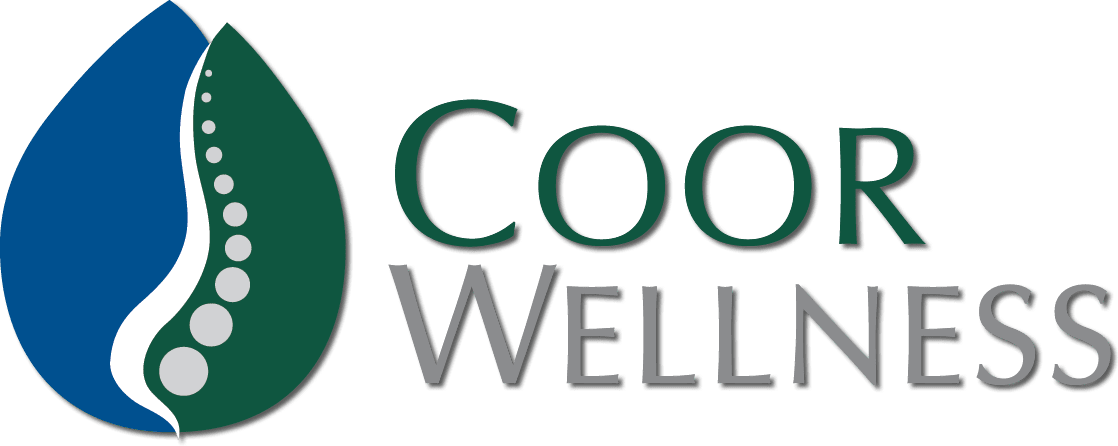Foot pain and plantar fasciitis is a terrible thing to “live” with. You wake up and your feet hurt and when you walk around you think the worst thoughts about your future as walking upright animal. But the #1 Reason Plantar Fasciitis Doesn’t Go Away is easy to identify. However, what you do about it is what makes the difference.
Active versus Passive Care
Before we go into the reason why Plantar Fasciitis doesn’t go away we need to define what Active Care is and how it’s better in the long run than Passive Care.
Active Care are treatments that the patient or individual applies in order to gain the outcome they’re looking for. When we meet with a patient at COOR Wellness in Grand Junction, the first thing we do when talking with them is clearly define the outcome they’re looking for.
The most common outcomes we hear include things like:
- “I want to walk and hike without foot pain”
- “I want to be able to lift weights without pain”
- “I need to be able to work without pain in my feet”
Active Care is when the patient takes an action in order to produced their own goal or outcome they’re looking to achieve.
Specific examples of Active Care include:
- Stretching or mobility work
- Taking time to do an Epsom salt bath
- Icing their feet on their own time
- Strengthening exercises
- Creating time in your day for rest/recovery
Active Care involves the patient taking an active role in their improvement. When this happens, something magical happens from a psychological standpoint. It gives them the confidence that they can contribute to their own success.
What is even more powerful is it leads to independence from needing additional medical and health care. It leads to decreased costs (both financial and time) and gives them the ability to care for themselves when something comes back.
Passive Care Problems
Passive care is when you hire someone to do the work for you. Examples of passive care include:
- Injections
- Surgeries
- Massage therapy
- A chiropractic adjustment
- Cupping
- Acupuncture
- Dry needling
- TENs units
- Microcurrent
- Orthotics
- Braces
- Low Level Laser therapy
- Medications – either prescription or over the counter
What do these have in common? The intervention is doing the work.
These can be helpful and there is a time and place for them, but if an individual relies soley on Passive Care it leads to dependency.
Think of it this way. If you’re stuck on a deserted island, and you don’t have access to any of these how well will you do?
Active Care Necessary for Plantar Fasciitis
People with Plantar Fasciitis require Active Care for full resolution of their symptoms. To get to the point where you don’t need additional Passive Care for Plantar Fasciitis you will need to do some work. And your health care provider better be giving you Active Care strategies that create an immediate improvement. You better see a pay off immediately. If they give you stretches that don’t help significantly, you need to find new ones (or a new provider). After all 83% of people who incorporate home stretching and strengthening program get better.
Furthermore, providers who simply keep rescheduling you for more appointments without giving you things to work on are keeping you a hamster wheel. The worst part of it isn’t that your hamster wheel isn’t going anywhere. The worst part is you’re paying for it. You’re literally paying to go no where. Think about how insane that it is.
Imagine this. You want to visit Hawaii. You hire an airline company to fly you to Hawaii. You take off, you’re relaxed and optimistic and you enjoy a nice view of the earth from 30,000 feet up in the air. But you land at the same airport you took off from. The airline says, “we made progress on our flight, we got to see the Pacific Ocean, but we’re not quite able to get you to Hawaii. Let’s reschedule you for another flight and see if we can get you there.”
In this scenario, the customer better find a better airline company. Why would we expect something different in our health care providers?
Next Step
Next step. See what I did there?
Answer these questions:
- is my foot pain improving without paying someone?
- what will happen if I try to care for my feet on my own?
If you’re unable to transition to doing Active Care on your own while forgoing additional Passive Care, you need help.
Here is free help
There are improvements we want to make. This video isn’t perfect.
But if you’re needing help, reach out and call your provider who you know will educate you on what needs to happen so you can function and have fun on your feet without paying excessively for it. Schedule a free consultation by clicking HERE.

